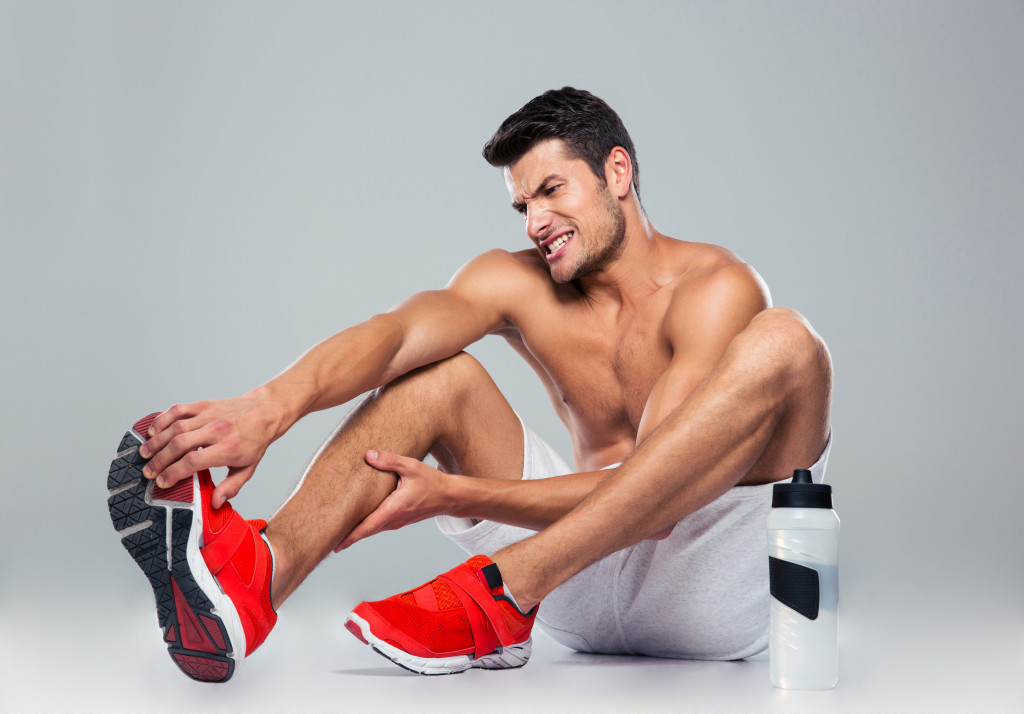Injuries are something that all athletes will experience in their careers. In the NBA, hundreds of injuries happen every season, one of the most common being an ACL injury. It costs about $50,000 to treat an ACL injury and an extra $1,000 for physical therapy.
Injuries are expensive for athletes, and prone to all sorts of injuries. So one way to prevent injury is to have an injury prevention plan.
What is an Injury Prevention Plan?
An injury prevention plan is a set of guidelines and activities an athlete can do to prevent injury. They are great for organizations that want to reduce costs, especially when it comes to injuries. Some of the most prominent sports organizations in the world have implemented injury prevention plans, and they have seen a significant reduction in injuries and a complete reduction in cost. Here are the five essentials you need in your injury prevention plan.
Pre-Session Physical Therapy
The first essential is pre-session physical therapy. It’s where you will work with a physical therapist to identify areas of your body that are weak or vulnerable to injury. You will then focus on strengthening those areas, making them less likely to be injured in the future.
You need these essentials in your pre-session physical therapy:
- A full body assessment
- Exercises to improve flexibility
- Exercises to improve strength
These exercises are core when preventing injury, primarily because they target the areas of your body most likely to get injured. The assessment can help by identifying areas of your body that need attention. Having a warm-up and cool-down routine in your pre-sessions is also good.
This is important because it helps your body transition from rest to activity and back to rest again. Doing a proper warm-up is essential because it helps increase your heart rate and get your muscles ready for activity. A cool-down is just as important because it helps your body to transition back to a resting state, and it helps to prevent cramping or stiffness.
Your warm-up and cool-down routine should include:
- 5-10 minutes of light cardio
- Dynamic stretches
- Static stretches
All of these things can help your athletes prepare themselves for training.

Regular Massage Therapy
Massage is one of the most crucial things you can do for your body when trying to prevent injuries. It helps to increase blood flow, vital for delivering nutrients and oxygen to your muscles. It also helps to reduce inflammation, which can lead to pain and stiffness.
Regular massage is essential for any athlete who wants to stay healthy and injury-free. Massage can help to:
- Alleviate pain
- Reduce inflammation
- Increase range of motion
- Relieve stress
These benefits are crucial for athletes constantly putting their bodies through the rigors of training and competition. Massage is also great for recovery, as it can help to reduce soreness and stiffness. This is essential for athletes who want to train consistently at a high level.
Nutrition and Hydration
Nutrition and hydration are two more essentials for injury prevention. Eating a healthy diet is vital for all athletes, but it becomes even more critical when trying to prevent injuries. This is because nutrients are essential for repairing muscles and keeping them healthy.
Hydration is also essential, as it helps to keep your joints lubricated and prevents inflammation. Therefore, drinking plenty of water throughout the day is necessary, especially if you’re training hard. You should also ensure to eat plenty of fruits and vegetables, as they are packed with nutrients essential for good health.
Holistic Approach
Preventing injuries also requires you to take a holistic approach. This means improving your athlete’s oral and mental health as well.
Oral Health
Did you know that five million teeth are loss due to sports injuries? That’s why athletes need a dental crown. It can help reduce the risk of losing teeth and protect the ones they have. This is just one example of why it’s good to have good oral health to prevent future minor injuries in your organization.
Mental Health
Your athlete’s mental health is just as important as physical health when preventing injuries. This is because stress can lead to several problems, including:
- High blood pressure
- Anxiety
- Depression
- Insomnia
All of these can lead to a decrease in performance and an increased risk of injuries. That’s why it’s essential to have a good mental health plan in place. This can include things like regular check-ups with a therapist or counselor.
It’s also important to have a support system for your athletes. This can be their teammates, family, or friends. Having someone to talk to can help reduce stress and improve mental health.
In conclusion, there are several essentials for preventing injuries in athletes. Having the essentials above will ensure that your injury prevention plan is comprehensive and effective for preventing future injuries among your athletes.




